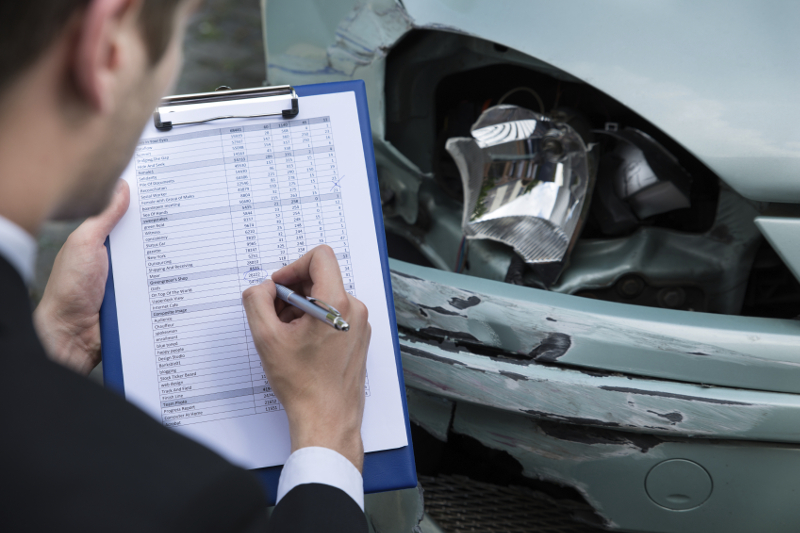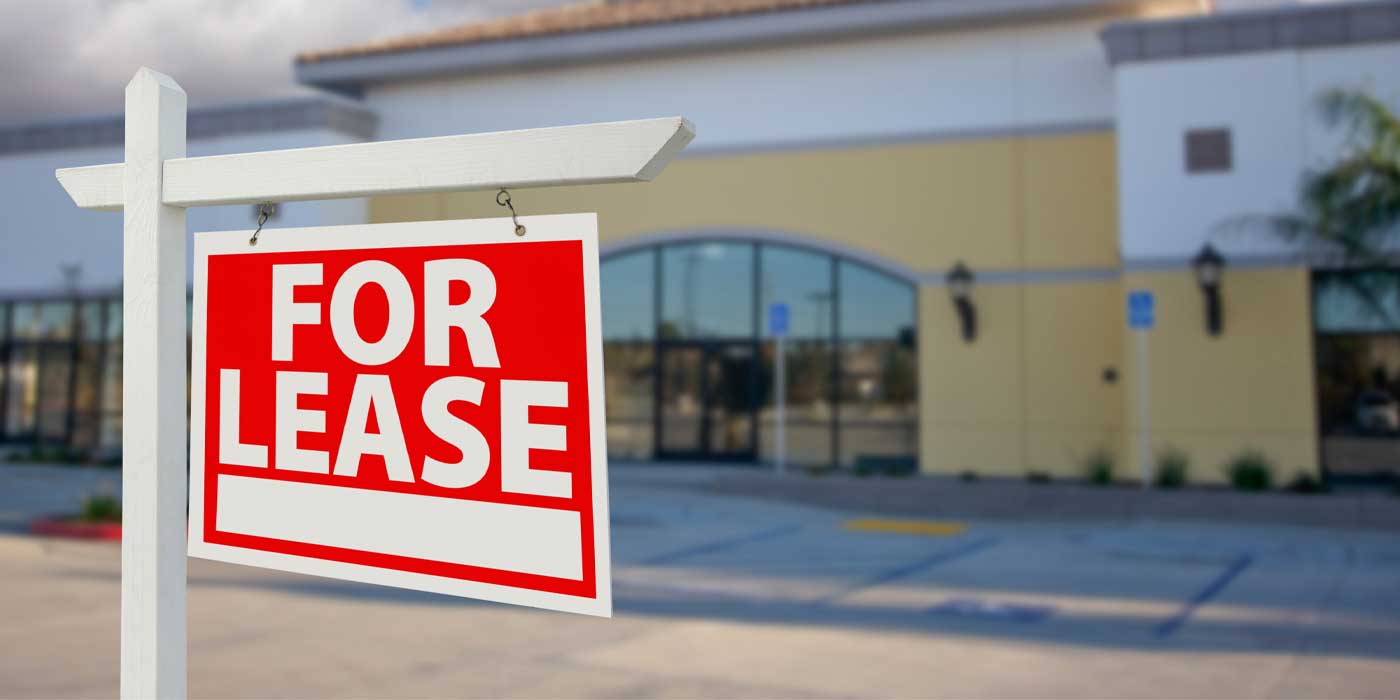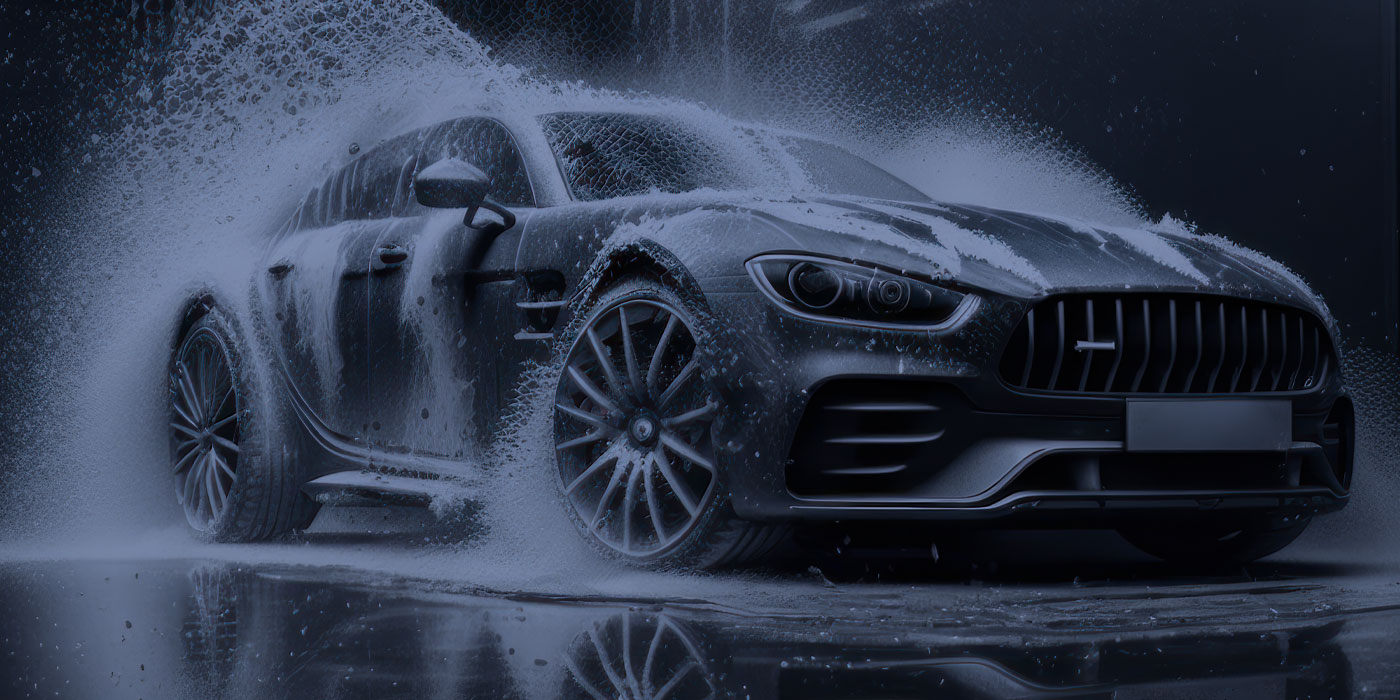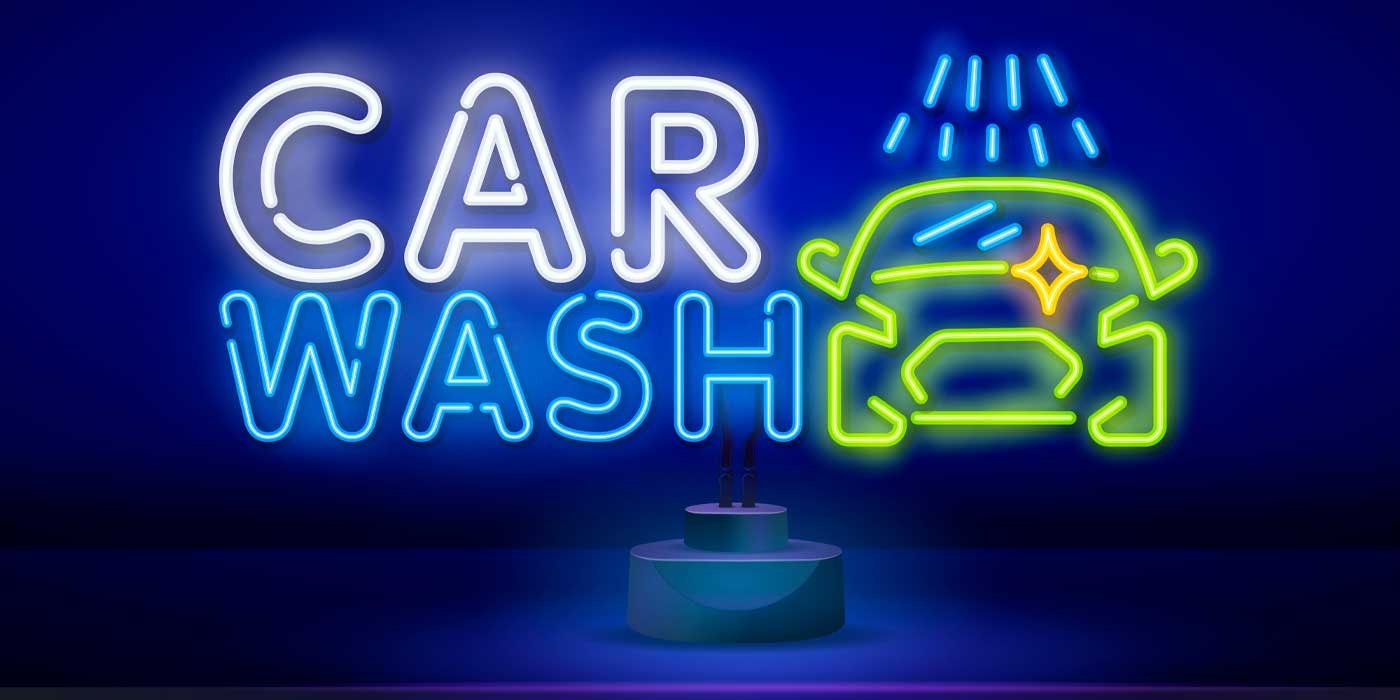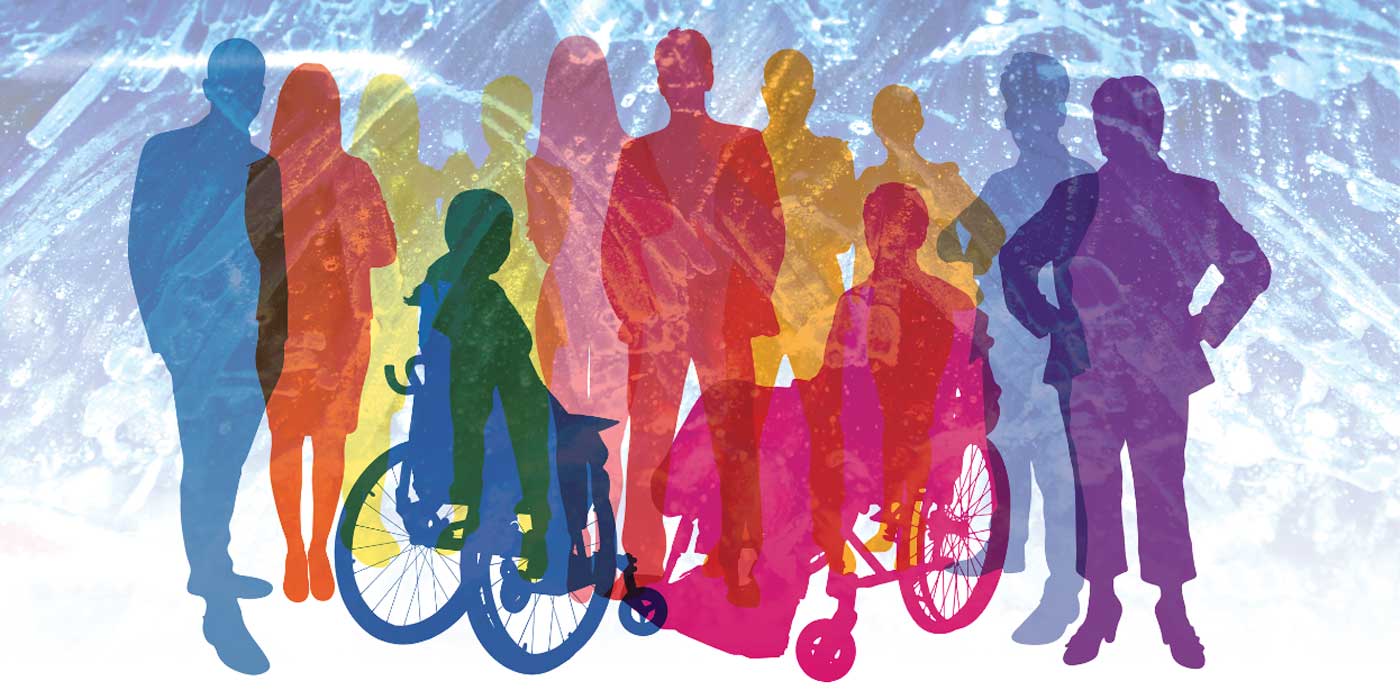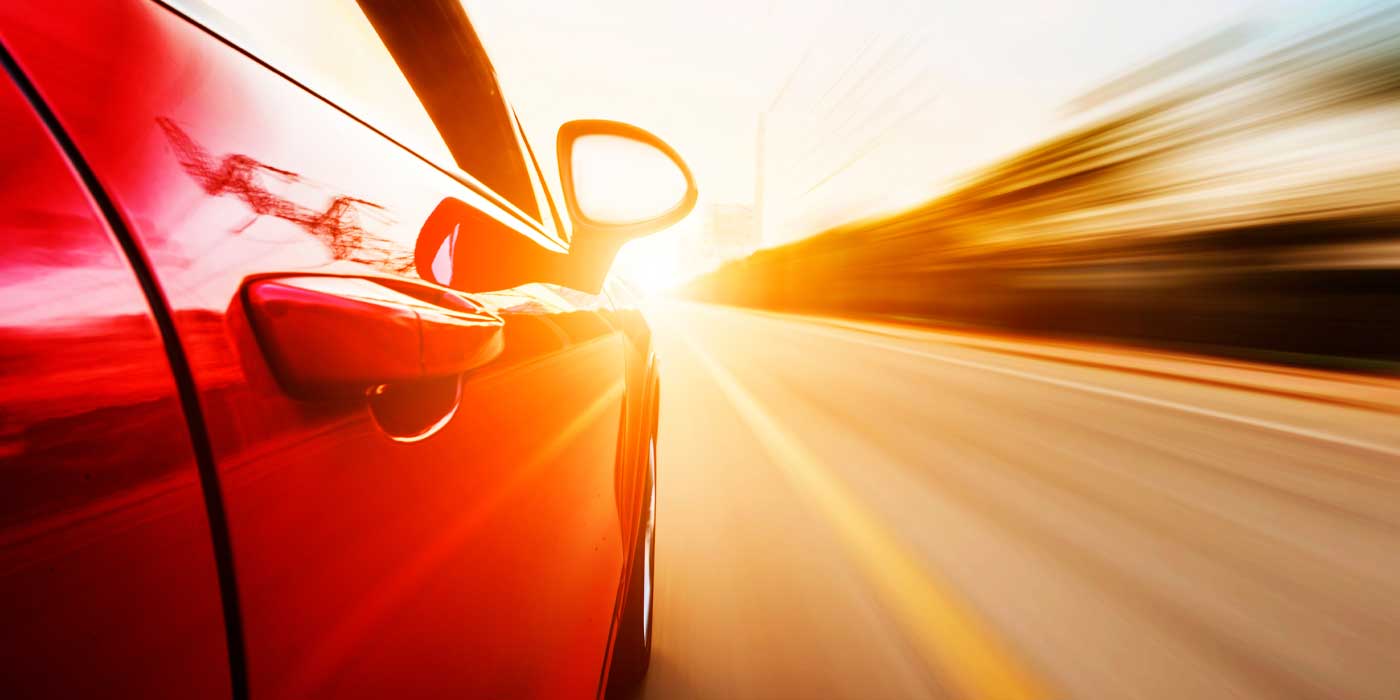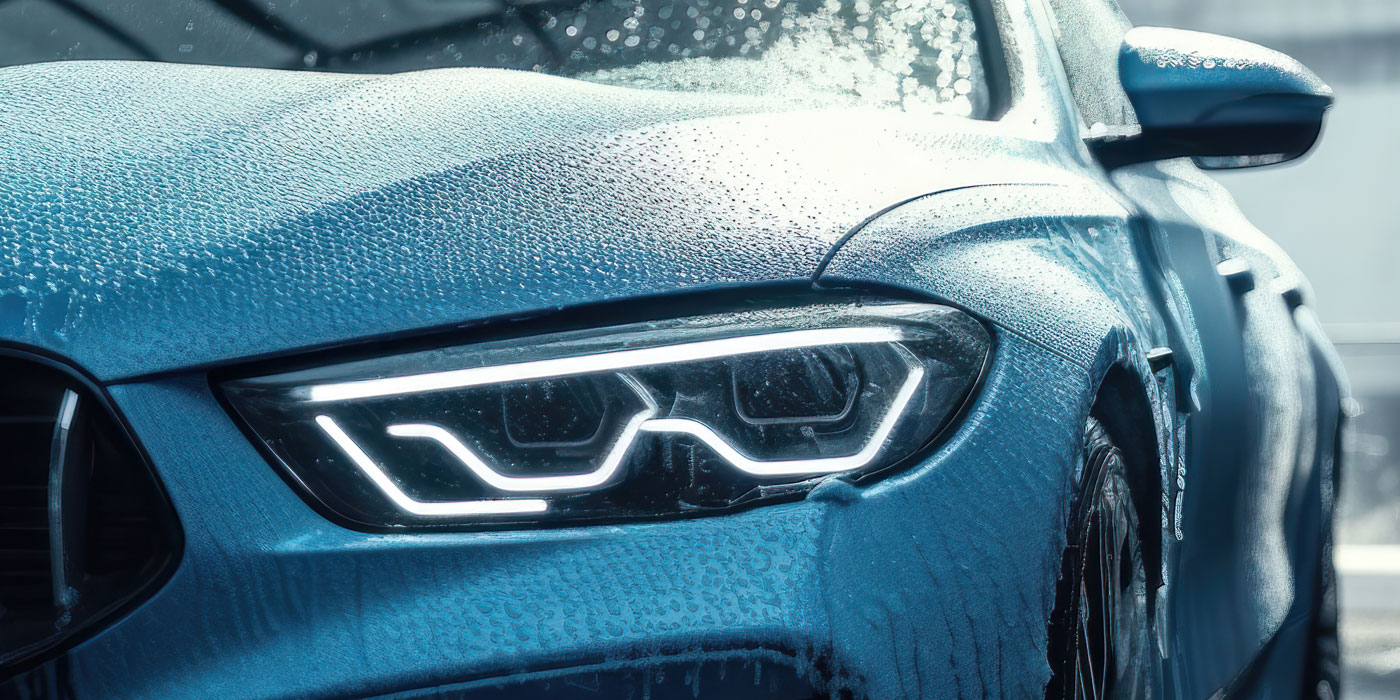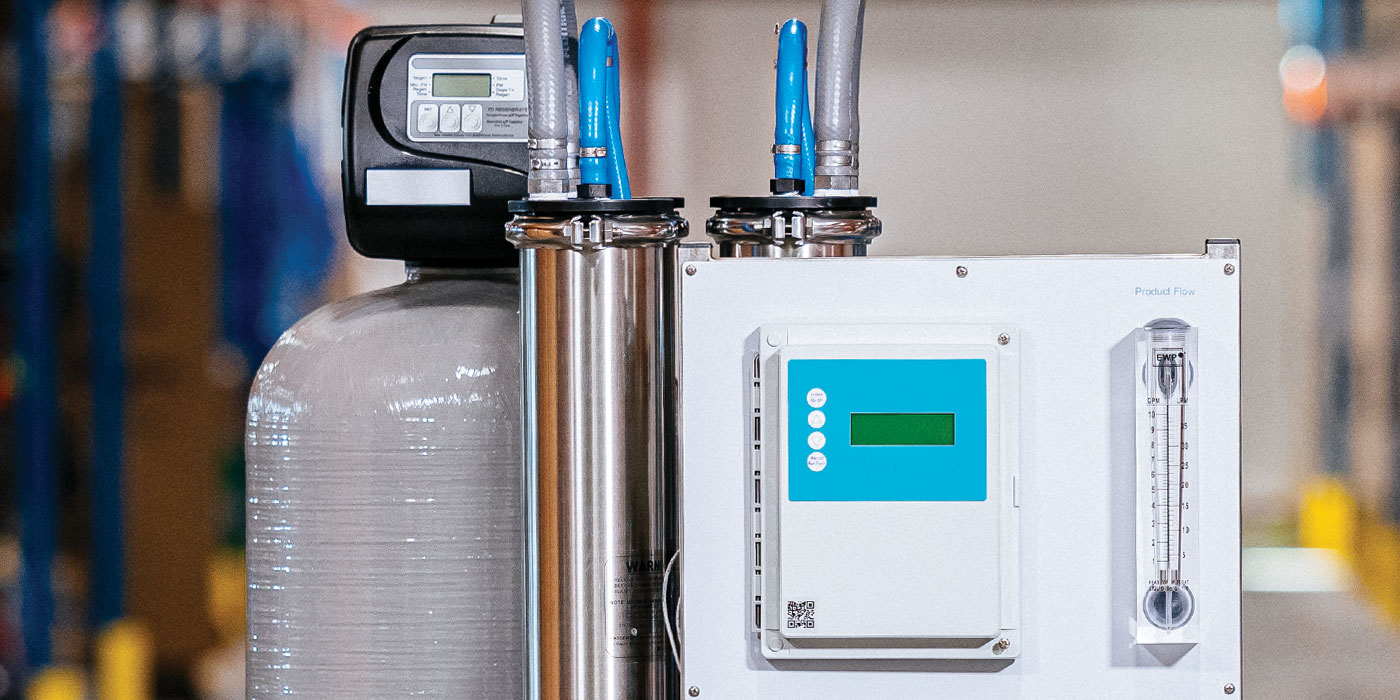As a carwash owner or operator, you know you’re responsible for ensuring the safety of your customers and their vehicles. You also most likely know you can be the target of personal injury and liability claims from customers and other visitors.
You may take steps every day to protect your customers, yourself and your business investment, but no matter how diligent you are, accidents happen. When they do, you need to know how to prove you were not at fault, and therefore not financially responsible.
Putting safety measures in place
As an attentive carwash owner or operator you maintain your property, making sure equipment is operating effectively and that customers know how your facility works.
Nevertheless, only half the responsibility for ensuring safety falls on you. Your customers are equally responsible. After all, they are operating a vehicle; and, just as they would if they were on the road, they must act reasonably, lawfully and responsibly. They are expected to be mindful, follow procedures and implement “reasonable care” measures — for example, obeying traffic laws and paying attention to pedestrians and other drivers — when behind the wheel.
You can make sure customers are aware of carwash procedures in a variety of ways:
- By posting clear instructions via signs along the path to the entrance and interior of the carwash
- Through written instructions and liability waivers signed by the customers
- Via attendants who communicate instructions directly to patrons.
Even with these kinds of procedures in place, you cannot prevent all accidents from occurring. You can promote safety, but the rest of the responsibility falls on the drivers who bring their vehicles to your facility.
Countering carwash accident claims
Every business venue presents unique safety concerns. For carwashes, one of the biggest trepidations is the inability to control the actions or responses of drivers. You can do everything possible to make your business safe and efficient, but driver error is always going to be a factor.
The standard processes you have in place — for example, employee training programs, the use of grids and customer direction techniques — already demonstrate your diligence in promoting customer safety. Regular inspection and maintenance as well as timely repair of equipment are business practices that work in your favor as well. However, these are only some basic steps to protect yourself and your business.
You must also become familiar with the most common types of carwash accident claims, and be prepared to argue customer fault, when appropriate:
- Exterior damage: A customer may claim your business is at fault for scratches, dings, peeling paint or other damage to the finish or body of his or her vehicle. Counter these claims by:
- Using industry-standard products that are safety certified
- Having attendants assess a vehicle’s condition prior to carwash entry
- Installing security cameras and inspecting footage when necessary.
- Interior damage: Water, soap or wax may enter a vehicle because the driver rolls down a window or because the seals around the vehicle’s windows, sunroof or doors are faulty. You should not be liable for damage under any of these circumstances. Reduce the work involved in arguing liability claims for interior damage by:
- Ensuring customers are reminded to close all windows and doors during carwash operations
- Using multiple signs to communicate standard processes
- Making sure employees give verbal reminders to customers as well if you operate an attended or full-service wash.
- Undercarriage and wheel damage: Automated carwashes often face accident claims from customers who fail to follow directions or do not operate their vehicles safely. Mitigate your risks by:
- Consistently communicating safety and operational procedures
- Maintaining your signage and any digital text or audio instruction delivery systems in working order
- Installing a security video system to monitor operations and prove driver error or misconduct
- Keeping up with equipment inspection, maintenance and repair schedules.
- Personal injuries: If you operate a self-serve carwash or a full-service wash at which customers exit their vehicles, you may face personal injury claims if an accident occurs. Reduce liability by:
- Maintaining the structural condition of your parking lots and sidewalks
- Using ample signage to warn customers about traffic, wet surfaces and other potential hazards
- Training employees to direct customers to safe waiting areas.
- Vehicle collisions: A car accident can happen anywhere, including your parking lot or carwash lanes. Security camera footage is critical for showing drivers’ actions and accident circumstances.
Drivers are often distracted or may become careless. They may be in a hurry, thinking of other tasks, or they may be texting, tired, intoxicated or otherwise impaired or inattentive. Whatever the reason for driver error, prevent paying liability claims by proving your due diligence and by establishing customer fault for damages that do occur.
Proving driver’s negligence
To avoid paying insurance settlements or lawsuit damages, you must be able to prove the driver who has made a claim against you was not acting responsibly or using reasonable care when operating his or her vehicle. In some cases, like when drivers are distracted and don’t follow clearly posted or communicated instructions, proving customer negligence can be relatively simple.
In other cases, you may have to depend on your security camera footage. Your video monitoring system can show crucial details not witnessed by you or your employees. These may include footage of a driver who caused damage because of:
- Texting or talking on a cellphone
- Being distracted by a child in the backseat or another passenger
- Operating a vehicle erratically due to intoxication.
Instances like these are clear-cut cases of driver negligence; and a negligent driver is liable for damage to his or her own vehicle, even if it occurs at your business.
Understanding legitimate liability claims
Although inattentive or irresponsible drivers are often to blame for carwash accidents, there are times when customers may have legitimate liability claims against your business.
- Equipment malfunctions that cause vehicle damage at automated carwashes are clearly the responsibility of the carwash owner, mechanic, service company or the equipment manufacturer.
- If you run a full-service carwash, you may have employees who move customer vehicles. Any damage done while an employee is operating a vehicle would be your responsibility, unless caused by a vehicle malfunction or another driver.
- If you provide detailing services, then damage done to the interior of a customer’s vehicle is your responsibility if caused by a negligent employee, cleaning product issue or detailing equipment malfunction.
Even if you have been careful to ensure the safety of carwash customers and their vehicles, you cannot always prevent accidents. When an accident does occur on your business’ property, you must either be able to prove you were not at fault or be prepared to accept responsibility. Proper insurance coverage is your safety net when you are liable for an accident.
In summary
With proper safety procedures, visible signage and effective employee training, you reduce your liability risks; but as a carwash owner, you must accept that some degree of risk is just part of doing business.
You know an accident may occur. Your goal is to prevent accidents whenever possible and to be prepared for what comes next, when they do happen.
Accomplish your goals by following solid business practices, carrying appropriate liability insurance and by successfully defending against illegitimate customer claims. This is how you protect yourself, your customers, your employees and the future of your carwash.
This article was supplied by Personal Injury Help, which is an independent organization that provides legal information about personal injury cases. Its website specializes in information about slip-and-fall claims and auto accidents. To learn more, please visit www.personalinjury-law.com.
*Please note: This article was not written by a personal injury attorney and its content is not guaranteed to be accurate. For help with a claim, contact a licensed personal injury attorney in your area.

